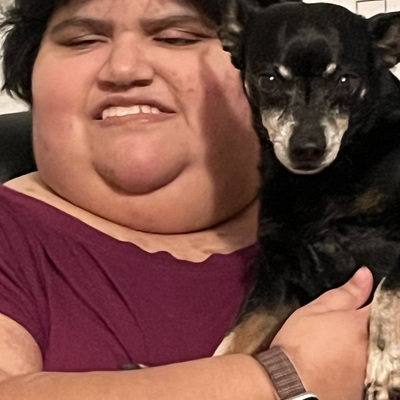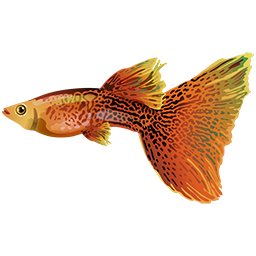I’m considering writing a #Blog post about how #Technology can be more #Accessible and #Inclusive for people with #Disabilities and #ChronicIllness. One example that comes to mind is the need for more personalized customization in health tracking features on #Wearables like the #AppleWatch.
For me, the exercise and stand goals aren’t realistic due to my health limitations. On bad days, the constant reminders to move can feel discouraging rather than motivating. While there’s the option to turn notifications off entirely, I still want to track my movement or standing progress in a more flexible way. It would make a huge difference if the activity rings and goals could be fully customizable to accommodate individual abilities and needs.
To my fellow #Disabled and #ChronicPain warriors: What other areas do you think tech could be more inclusive? Whether it’s device features, apps, or software design, I’d love to hear your thoughts! Would you also be okay with me including your name or username and a quote from you in the blog post? I want to uplift your voices as part of the conversation.
Although this post is meant to elevate disabled voices, developers, designers, and usability experts are welcome to join the discussion and learn how to create more inclusive tech.
Let’s brainstorm ways to make tech work better for everyone! 🌟 Thank you in advance for sharing your insights!
#DisabilityRights #InclusionMatters #Accessibility #PWD #TechForGood #AssistiveTechnology #UX #DigitalInclusion #HealthTech #NEISVoid #Disability #Blogging #WordPress #WebAccessibility #InclusiveDesign #ContentCreation
@disability@a.gup.pe @disability@beehaw.org @disabilityjustice @mastoblind @main @actuallyautistic @spoonies @a11y @disabilitytech @accessibility @blind @neurodivergent
@neurodiversity @neurodivergentblind @spooniechat @chronicallyill @wordpress @technology @opensource @disabilityadvocates @accessibledesign @programmers @usability

